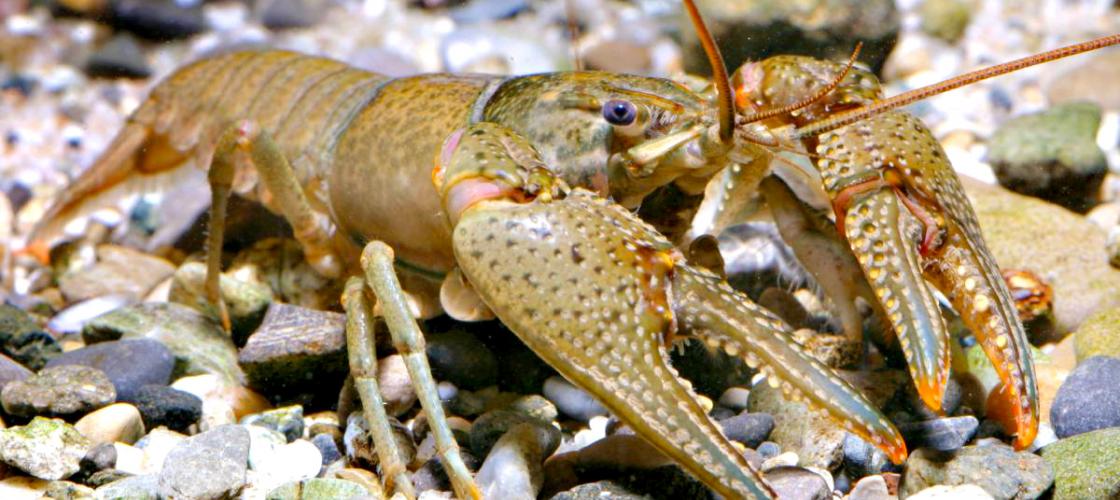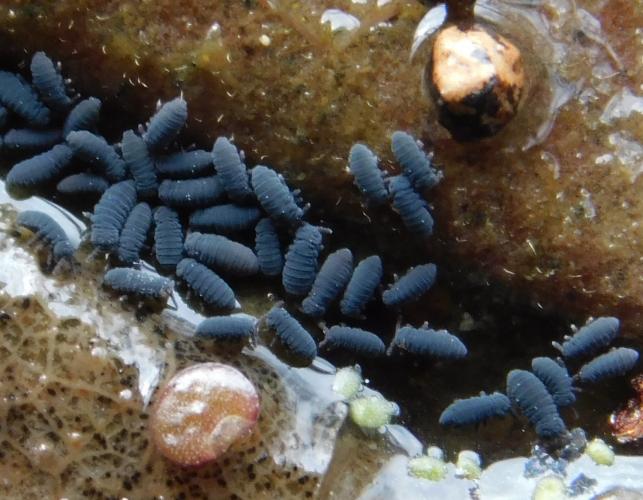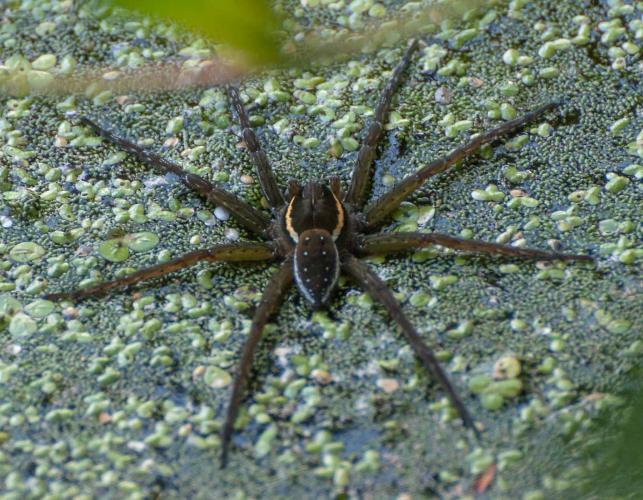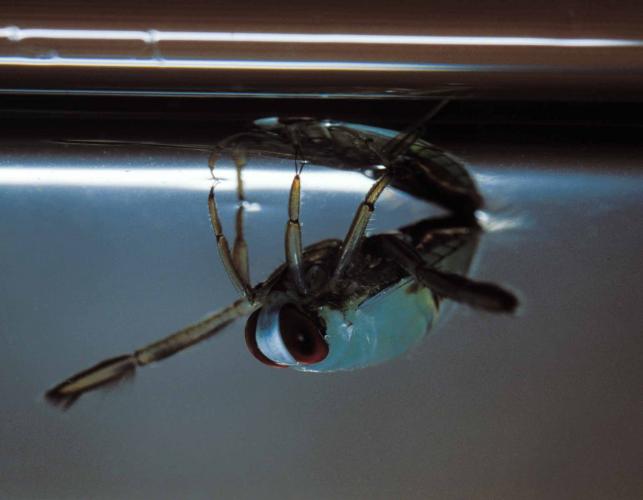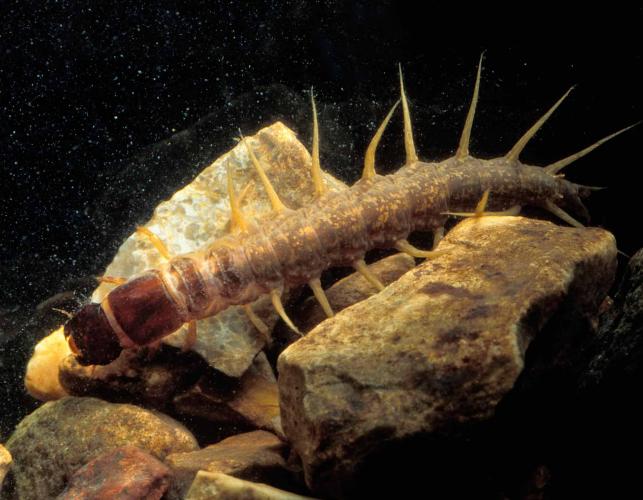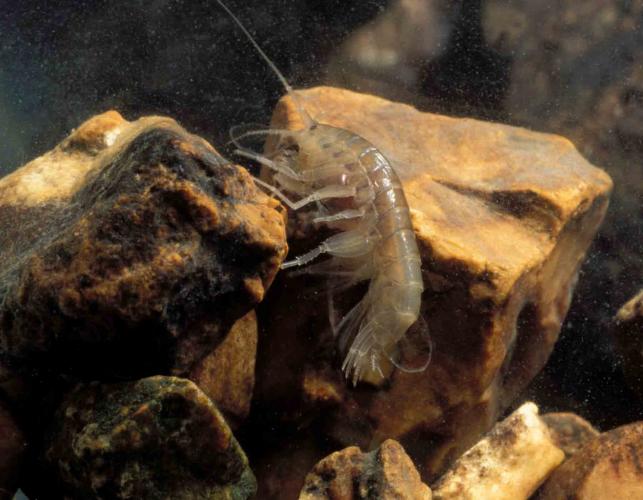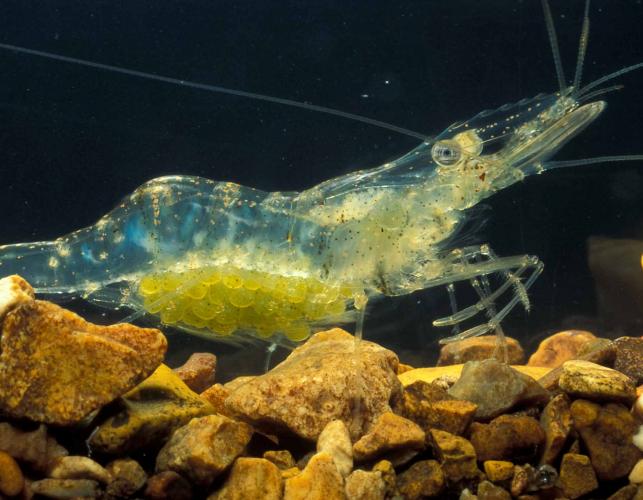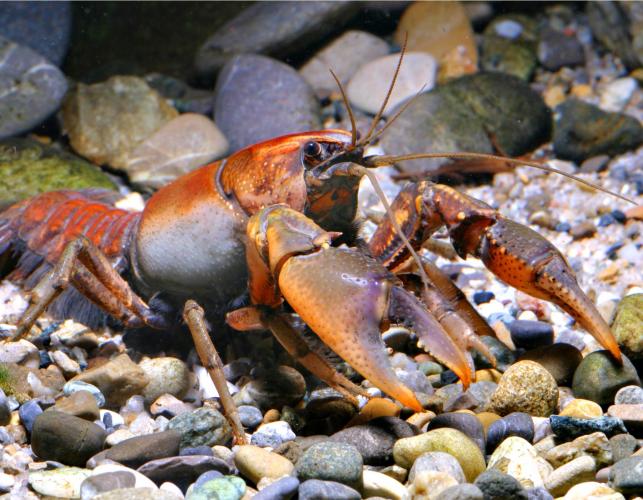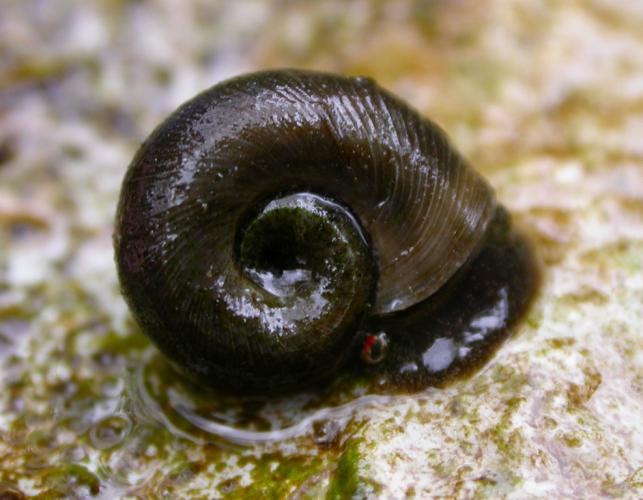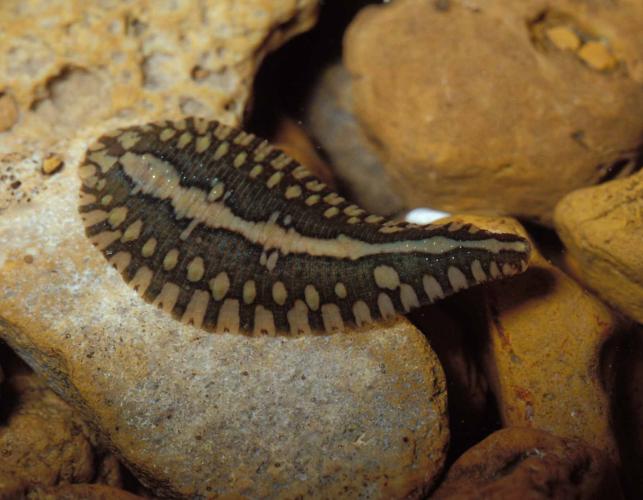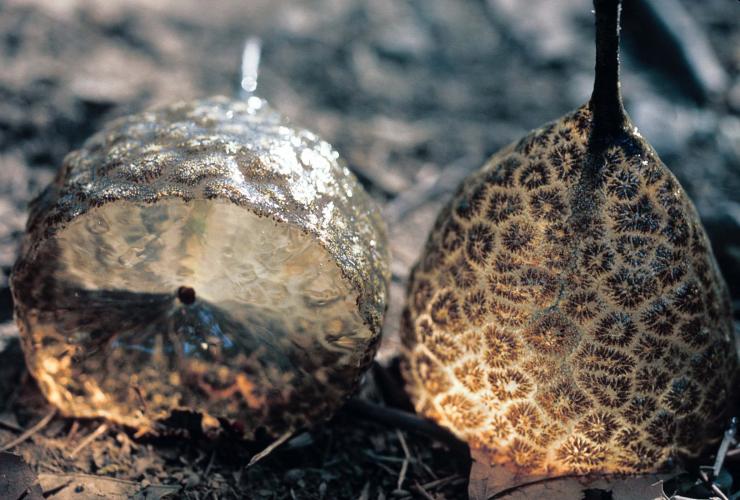Body
With their diversity of body forms and behaviors, aquatic invertebrates are simply fascinating. They are part of our rich natural heritage and deserve to be known better.
- Invertebrates are animals without a backbone, like crayfish, clams, snails, leeches, and insects.
- The bodies of many invertebrates, including crayfish and insects, are supported by external “skeletons” much like body armor. In order to grow, these jointed-legged animals (arthropods) shed their exoskeletons as they develop larger new ones.
- Snails and clams increase the size of their calcium-enriched shells as they grow.
- Leeches, planarians, hydras, and other soft-bodied invertebrates can bend, expand, and contract for different activities such as hunting, digesting, moving, and hiding.
- Aquatic invertebrates may live entirely beneath the water, or they may live on the surface or on the plants surrounding it. Some breathe air, others breathe water. To move, they walk, swim, float, skate, fly, or glide on their bellies — or they may not move much at all.
- Many insects lead double lives. Dragonflies, mayflies, stoneflies, caddis flies, dobsonflies, and more are aquatic as juveniles. Then, when they undergo their final molt, they leave the water and become winged adults that fly in the air.
- Other aquatic insects and spiders remain aquatic their whole lives. Water boatmen, predaceous diving beetles, whirligig beetles, water striders, fishing spiders, and others spend all their days hunting in and around water. Some in this group can fly, however, and are attracted to lights at night.
Aquatic invertebrates are vital to water habitats
- They are vital links in the aquatic food chain, conveying nutrients from plants and algae to larger organisms such as fish, frogs, salamanders, reptiles, birds, and mammals.
- Many fish depend on aquatic invertebrates for food. Some fish specialize in eating aquatic snails. Some eat mainly crayfish. Others prefer stoneflies, or mosquito larvae — and so on.
- Hellgrammites, crayfish, and others are popular bait for anglers. Many artificial lures resemble real-life invertebrates.
- Invertebrates can tell us about water quality. They are sensitive to changes in sediment load, pollutants, pH, and more. If their numbers decline, it could mean something’s going wrong that we need to pay attention to.
- Some species — notably mosquitoes — are vectors for disease, with serious consequences for people. Many other aquatic invertebrates eat those species.
- Harvesting freshwater mussels for button manufacturing used to be a major industry in Missouri.
- Many people eat crayfish, and Missouri has recreational fisheries for them.






















